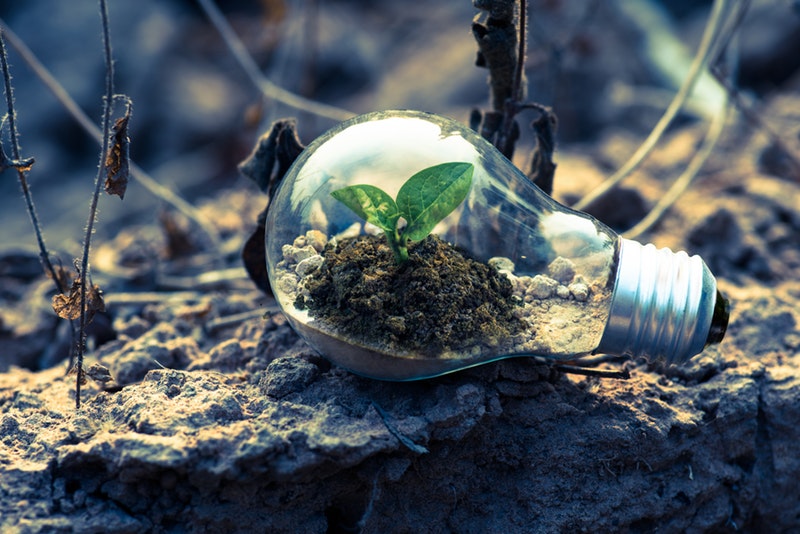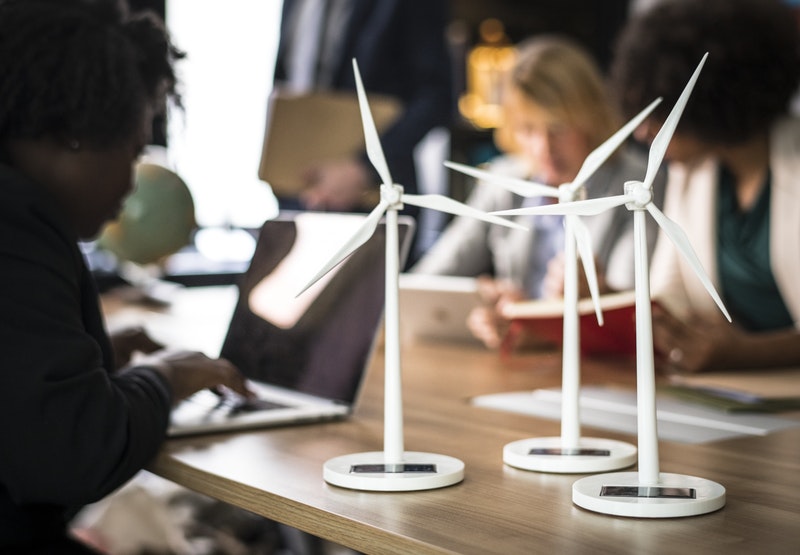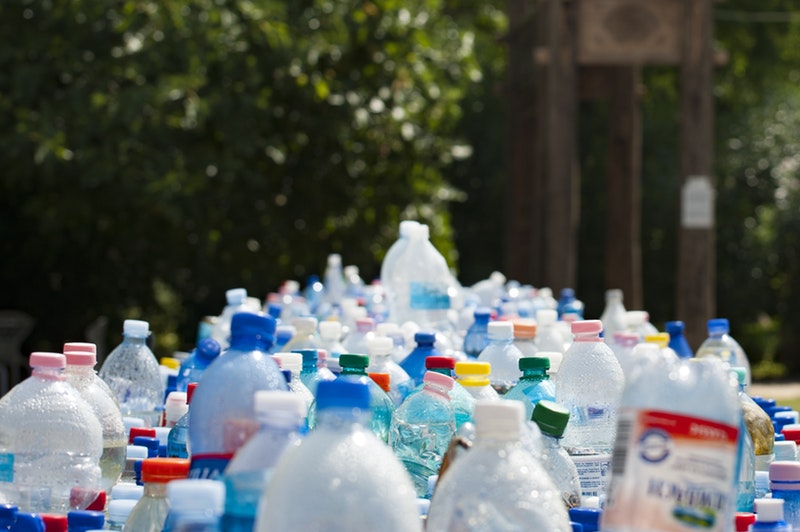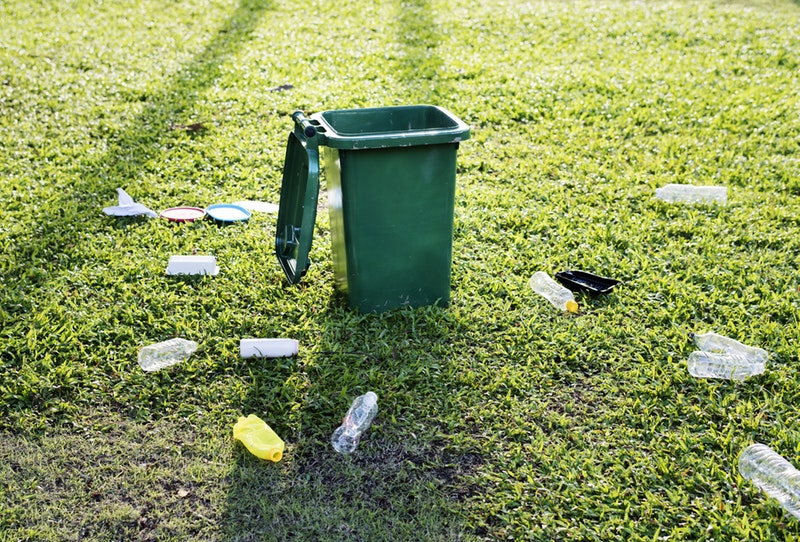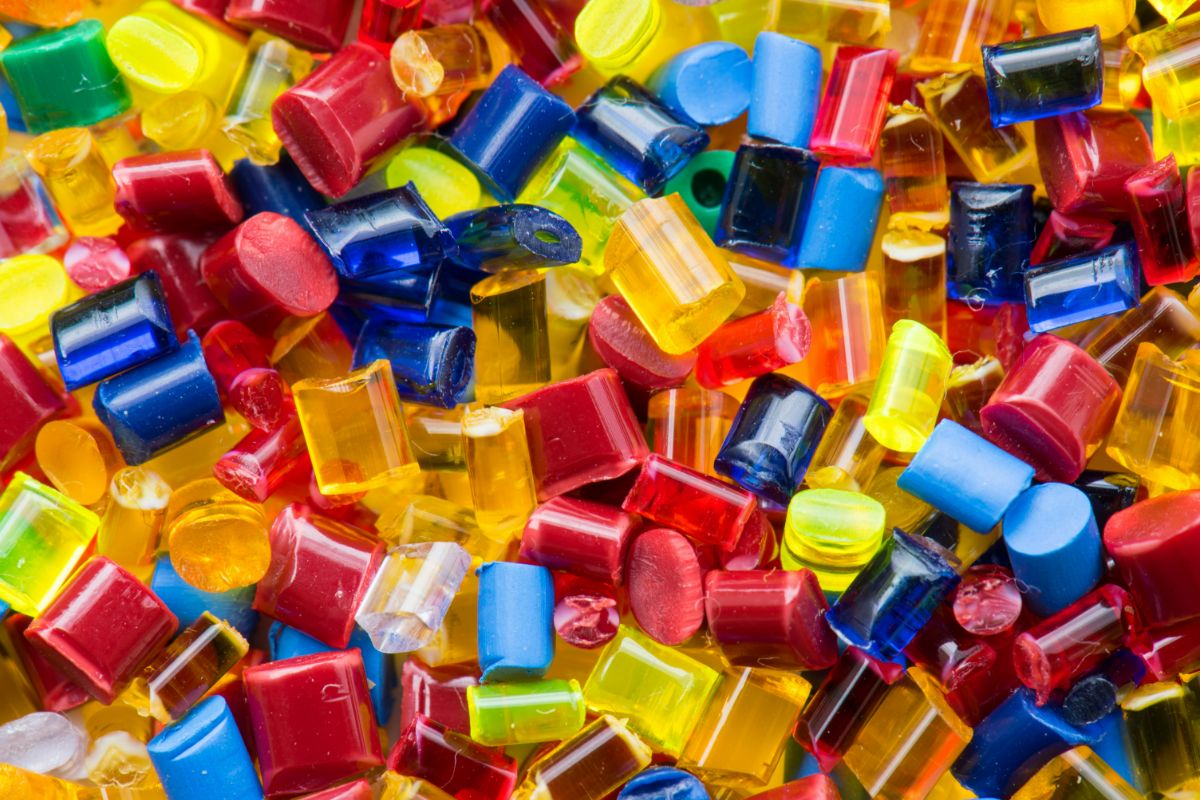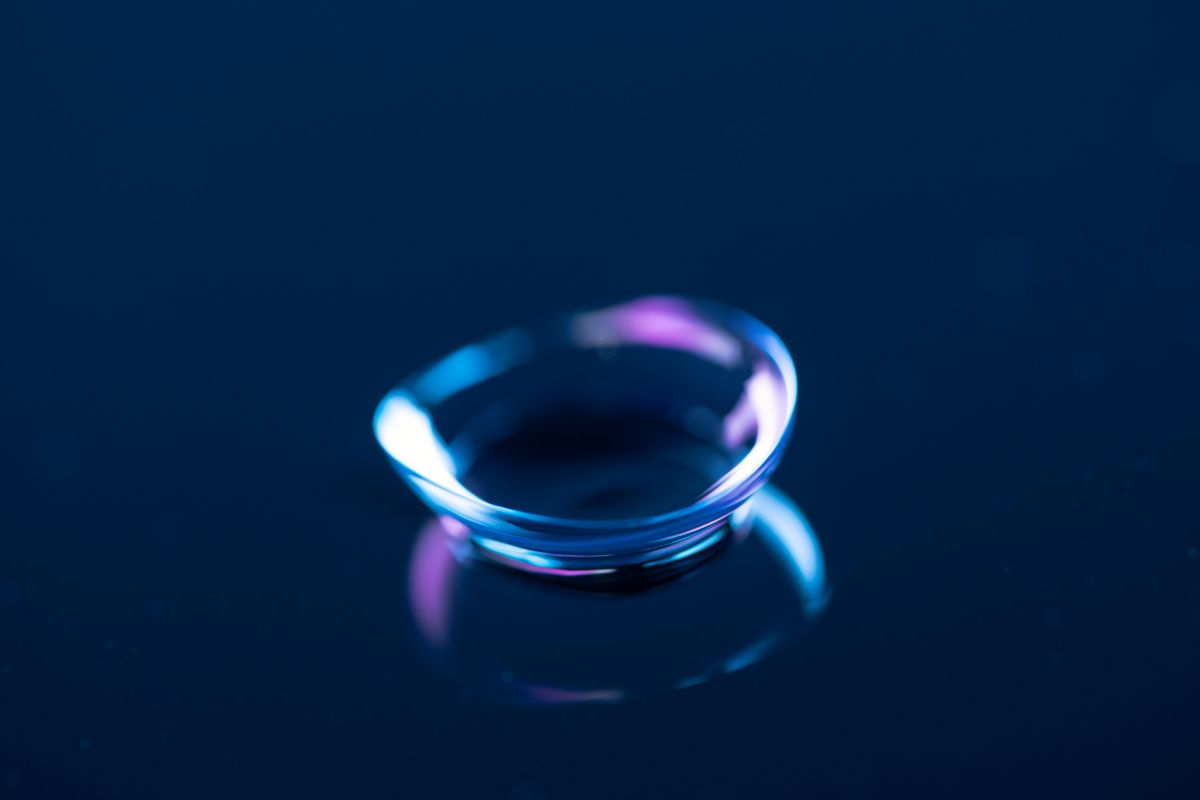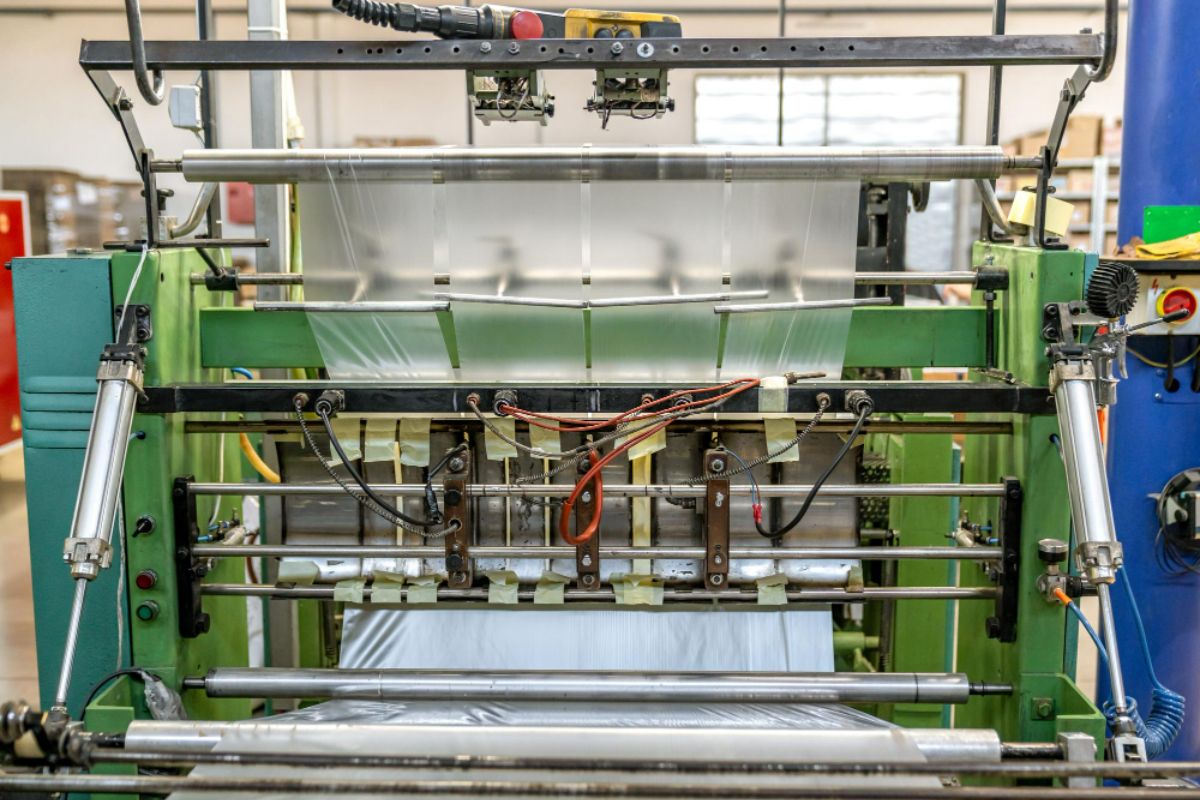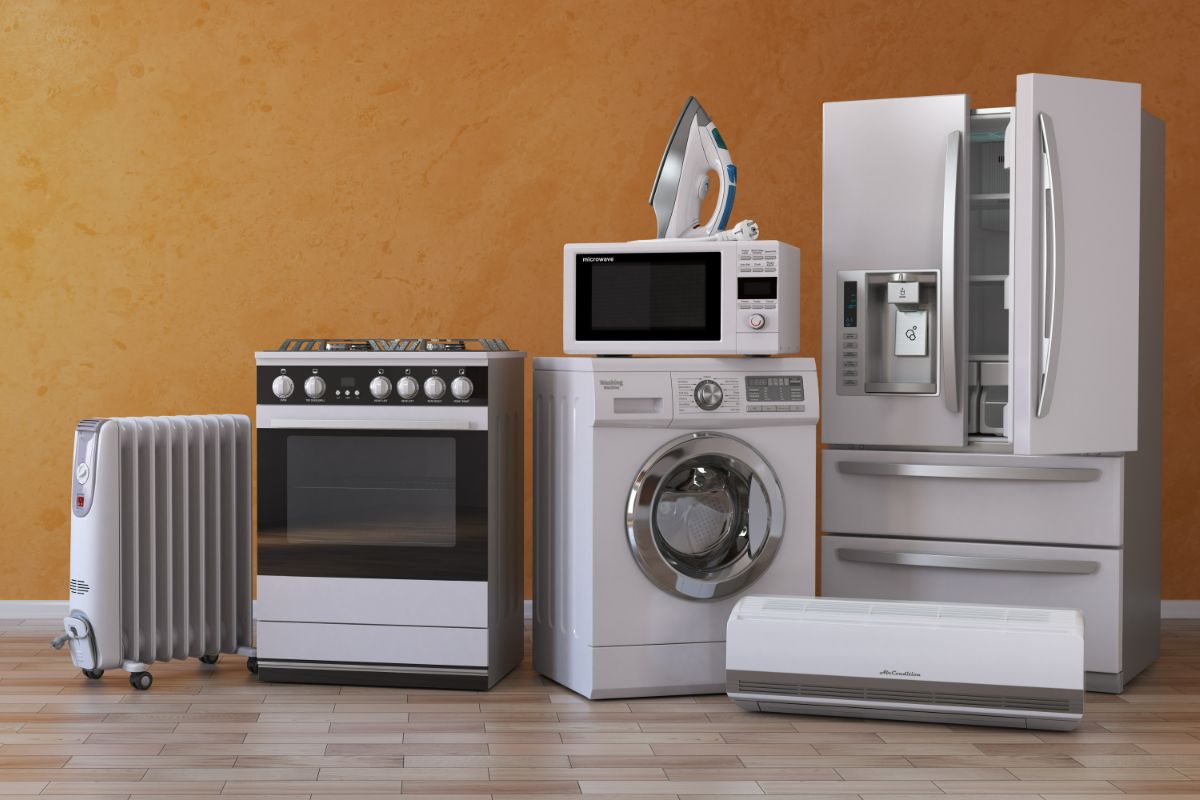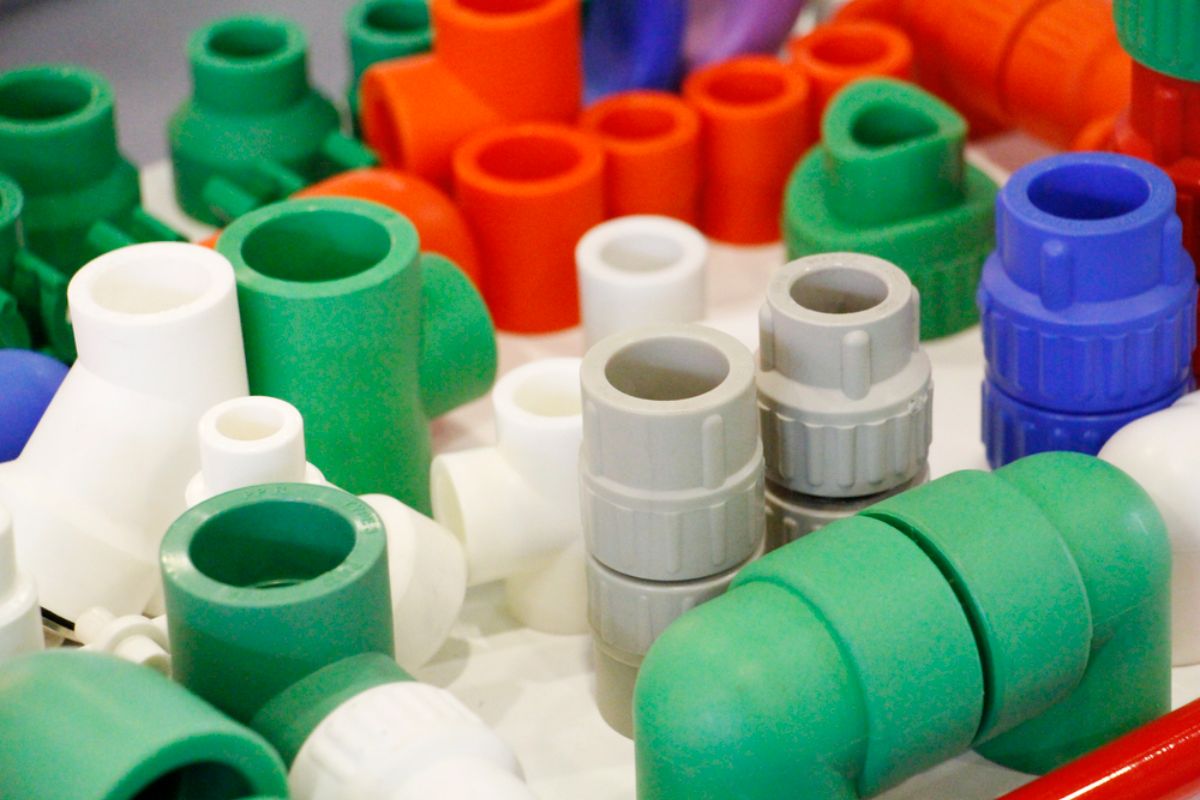How do you know if your injection molder is sustainable?
- A useful and holistic production cycle
- Mold manufacturers maximize efficiency in resources
- Hazards and pollution reduction
- Innovation as a goal and mindset
- Efficient product disposal
- Waste minimizing technology
Industries today are now beginning to recognize the importance of green initiatives, especially from the side of injection molding in China. Plastic manufacturers should also carry their share of the efforts towards environmental concerns. If you have a prospective mold manufacturer in mind for your next project, you should see if they are sustainable enough in terms of their manufacturing practices. Here are some criteria that you should look into to know if your injection molder is sustainable:
A Useful and Holistic Production Cycle
No matter what your end product design is, a sustainable mold manufacturer should adhere to design principles that aim to be good for the environment. According to the Chemical Society Green Chemistry Institute’s Sustainable Design Principles, holistic design systems aid better life cycle thinking.
These principles are not only limited to plastic manufacturing; it applies to other materials as well. Sustainability is maintained through dynamic contexts which aim to champion this very principle in production. The way that materials are used in environmental and economic systems also depend on how it is produced through a thorough design system. Ensure that your injection molder is sustainable if they have this kind of goal in mind through their engineering and design techniques.
Mold Manufacturers Maximize Resource Efficiency
In order to enhance sustainability through their design practices, mold manufacturers should maximize resource efficiency. If you are wondering how they are going to do that, you should observe if they exhibit the values mentioned here. Resource efficiency is not just about rapid production. It also comprises the way they preserve natural capital in alignment with policy principles.
Renewable resources should be manufactured accordingly — meaning that they should not be used faster than they are regenerated. Plastic manufacturing should adhere to the values of reducing, reusing, and recycling. If not, they would probably be considered as wasteful. If your choice of manufacturer tends to produce plastics that are easily regarded as waste, it shows that they are made using an inefficient system. Observe if your plastic manufacturers understand this concept and this would help you determine if they are sustainable enough as a manufacturing provider.
Hazards and Pollution Reduction
Eliminating and minimizing plastic pollution means that the molding company China is sustainable enough as a manufacturer. Risks can just as easily become hazards when the products are exposed to it. A suitable mold maker would reduce the inherent hazards of chemicals, materials, and products. You have to inquire what they are doing to minimize pollution and the dangers that come with it. Physical hazards include unmanaged waste, poor waste reduction, and refusal to follow up on the hazards of a product. These can prove to be dangerous to living things because pollution influences their health.
Innovation as a Goal and Mindset
Innovation is not only limited to technological advancements; it also applies to other areas of plastic injection molding as well. Design, material, and manufacturing innovations are the top priorities of a sustainable injection molder.
In design innovation, you have to first consider if the products meet performance requirements all while integrating sustainable design principles to minimize the use of toxic substances.
In material innovation, the goal is found in achieving production requirements without the use of toxic additives that can still align with your business objectives. There should also be an observance of biodegradable value in materials that fit within the existing material management system.
Lastly, manufacturing innovation means that there should be the presence of optimization in the way that materials are produced. Processes such as injection molding should be ready to accommodate new materials at a scalable, low-cost, and sustainable way.
Efficient Product Disposal
It is easy to say that the plastic injection mold maker is up to the task of producing high-quality products, but are they doing it sustainably? There are technologies that should be taken into consideration that is covered through business models in terms of collecting, sorting, reusing, and recycling plastics that aim to minimize waste or toxic generation. The innovations listed above are the reasons why the need to produce sustainable plastic parts is met. Converting plastic waste into high-value base materials can also be a solution in meeting sustainability requirements.
Waste Minimizing Technology
Make sure that the injection molder you are collaborating with is minimizing waste. You can easily identify that they do once they tell you about the waste reduction technology that they have. The most eco-friendly and sustainable plastic injection molding company will be equipped with state-of-the-art machinery that is useful in minimizing waste. In addition, consider not only in terms of production but in transportation and packaging as well. Plastic waste should be eliminated from the whole injection molding system. This could be done by the waste minimizing technology that the company has in order to reuse existing products.
Key Takeaway
To summarize, finding a company from injection molding China should also generate sustainable growth not only for your business but in the whole process of production as well. Keep these things in mind when you are looking for a mold manufacturer to collaborate with so you can also do your part in saving the environment all while achieving production requirements.
